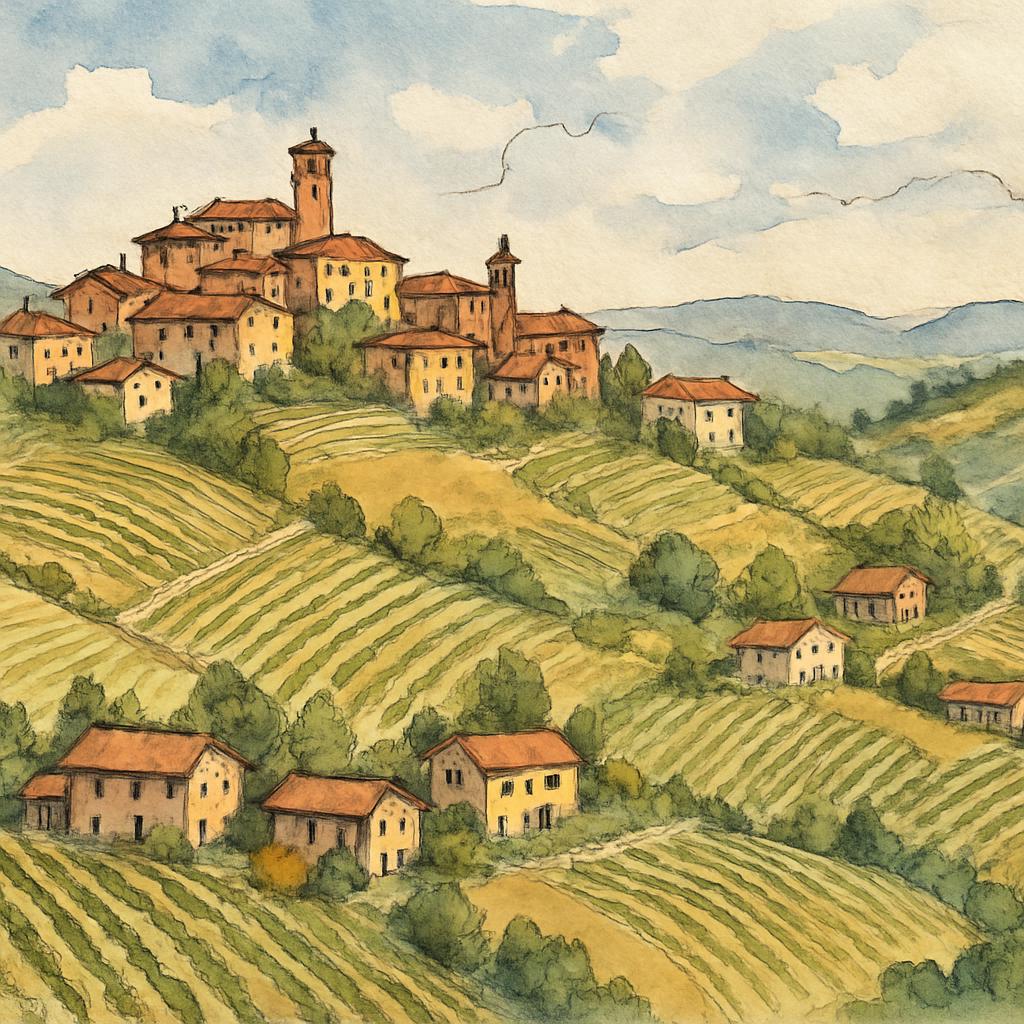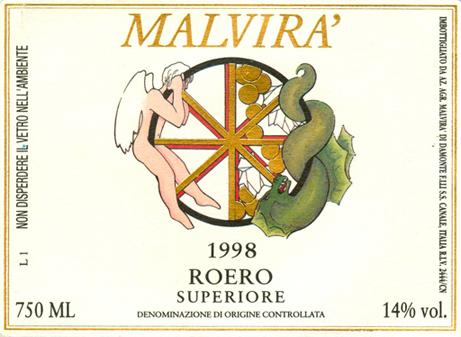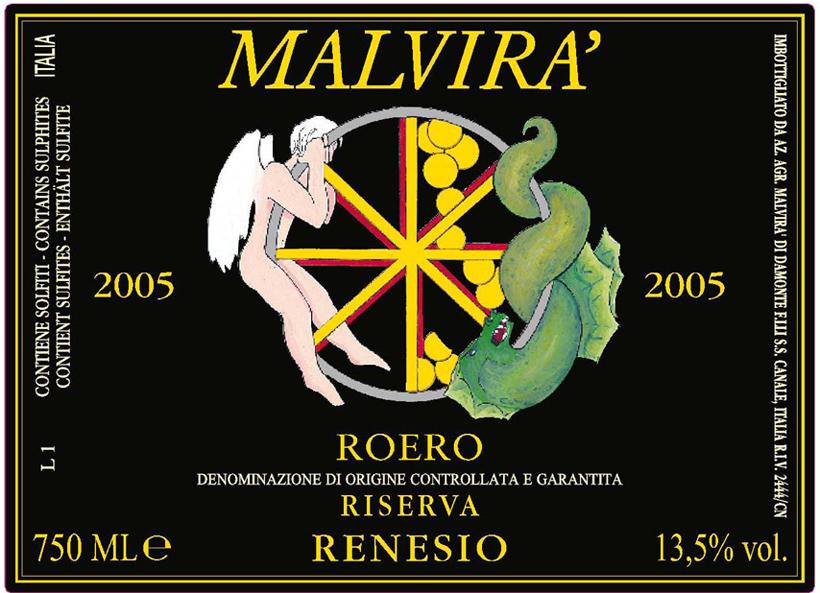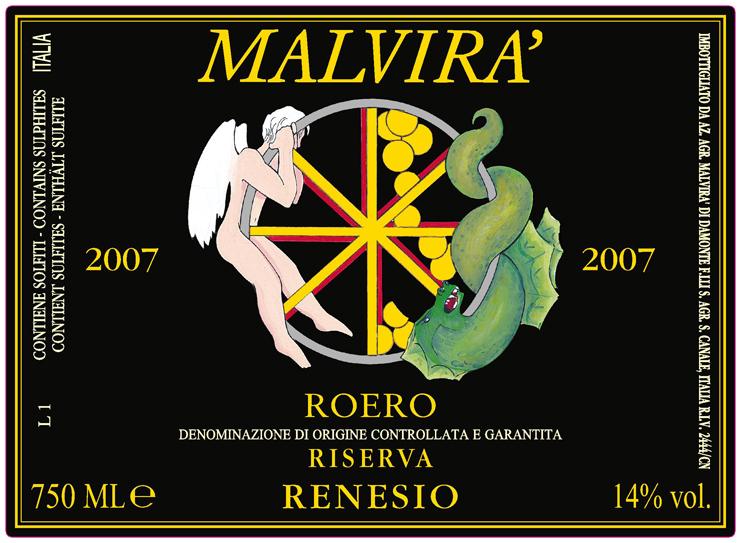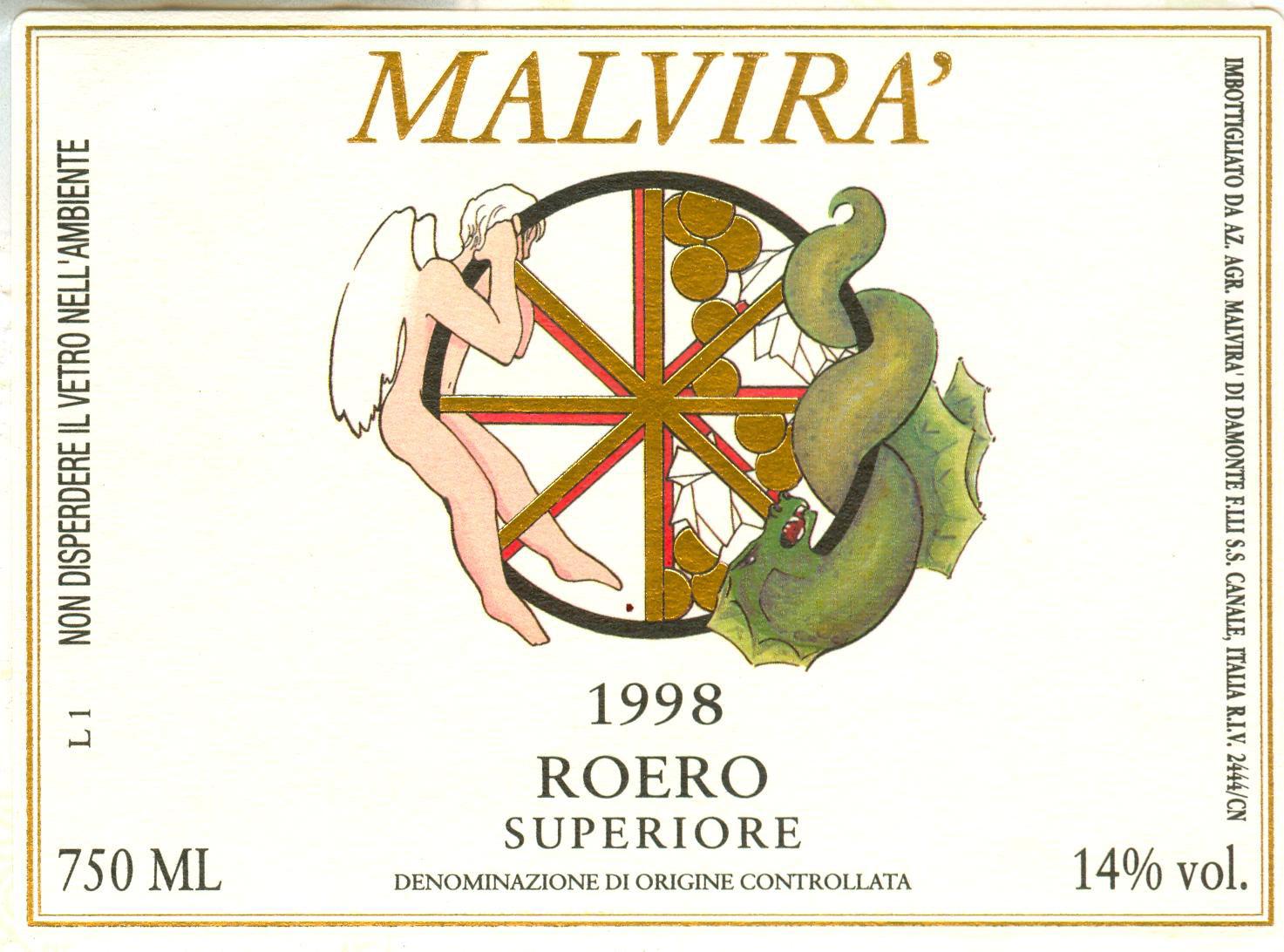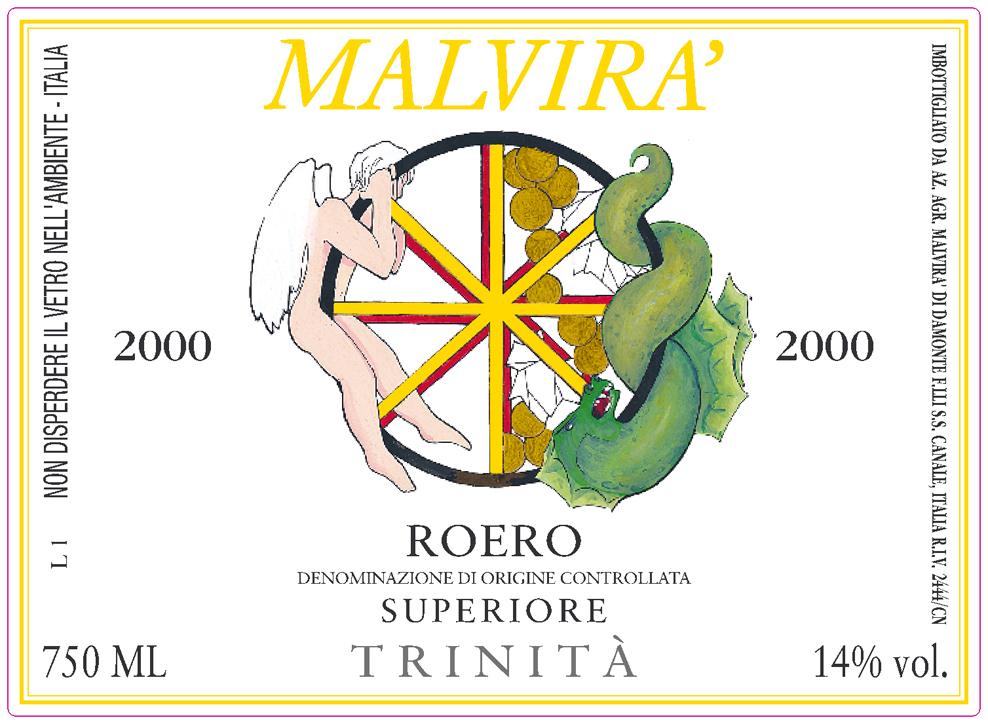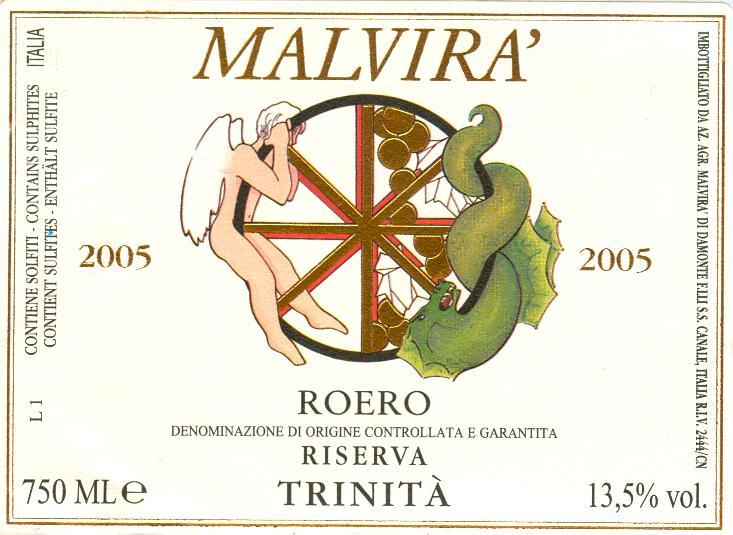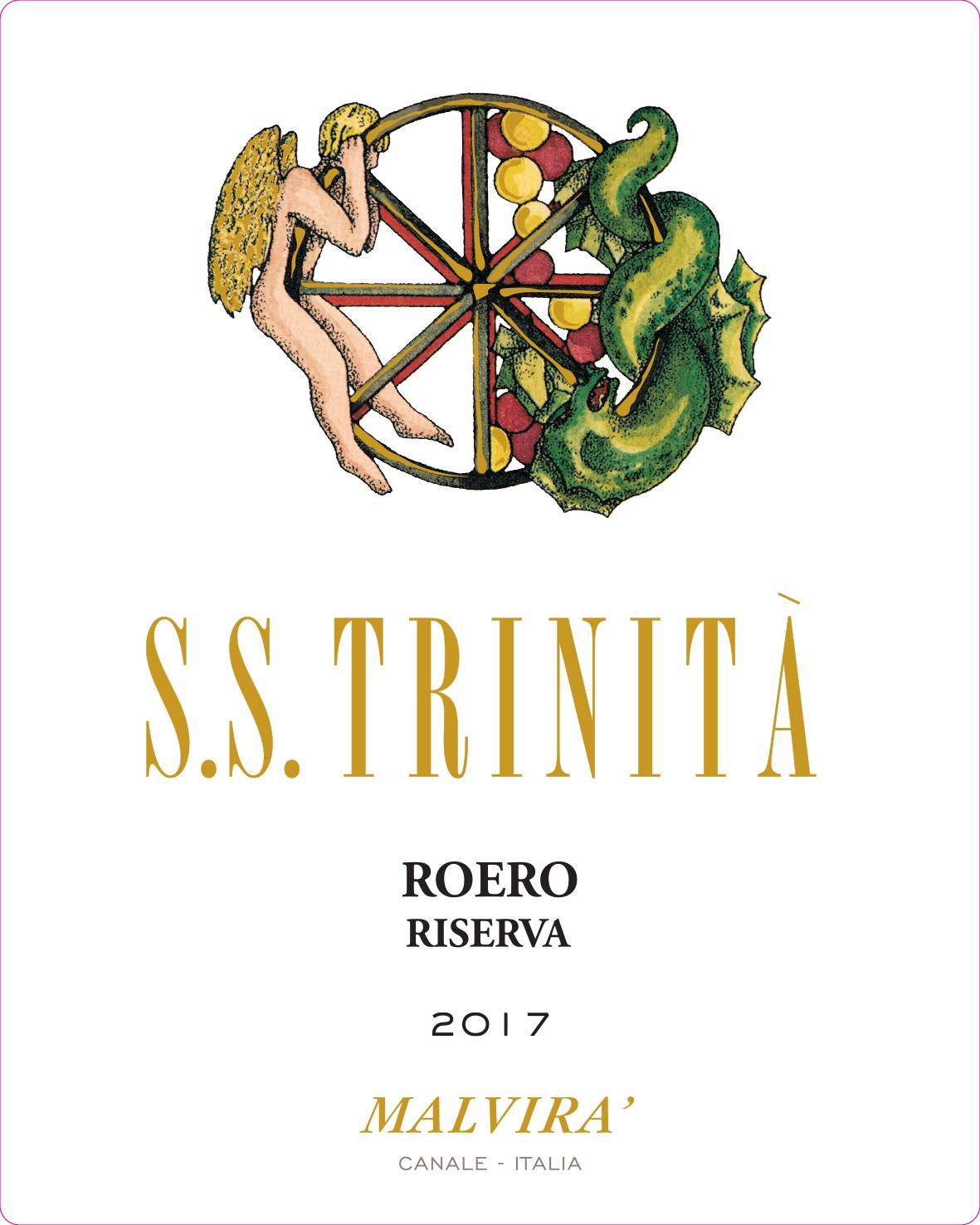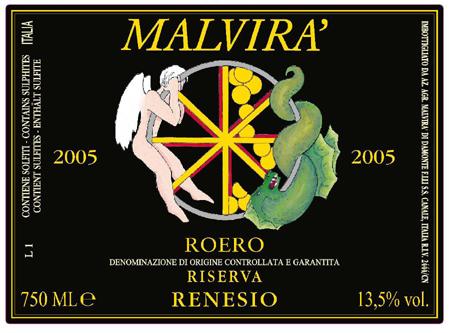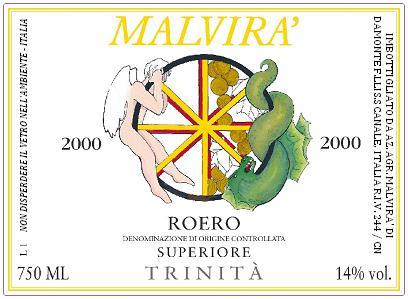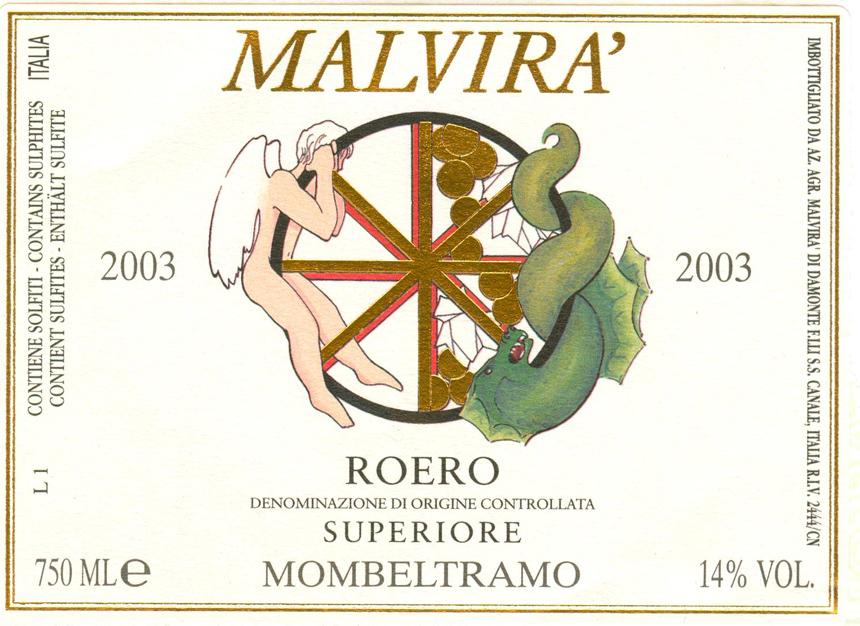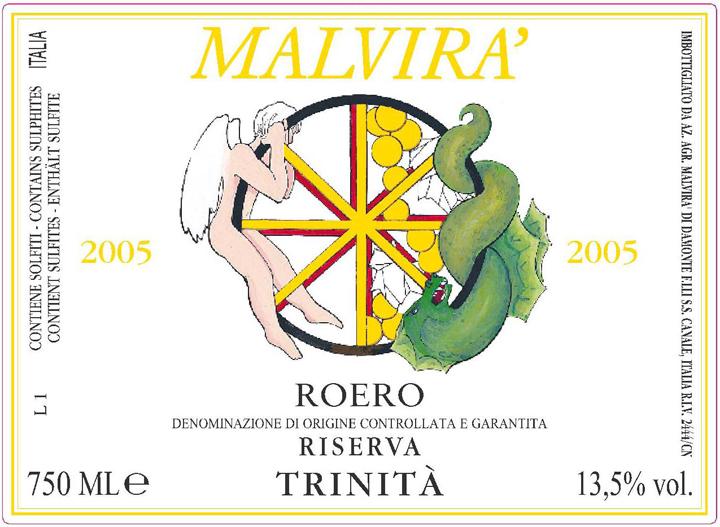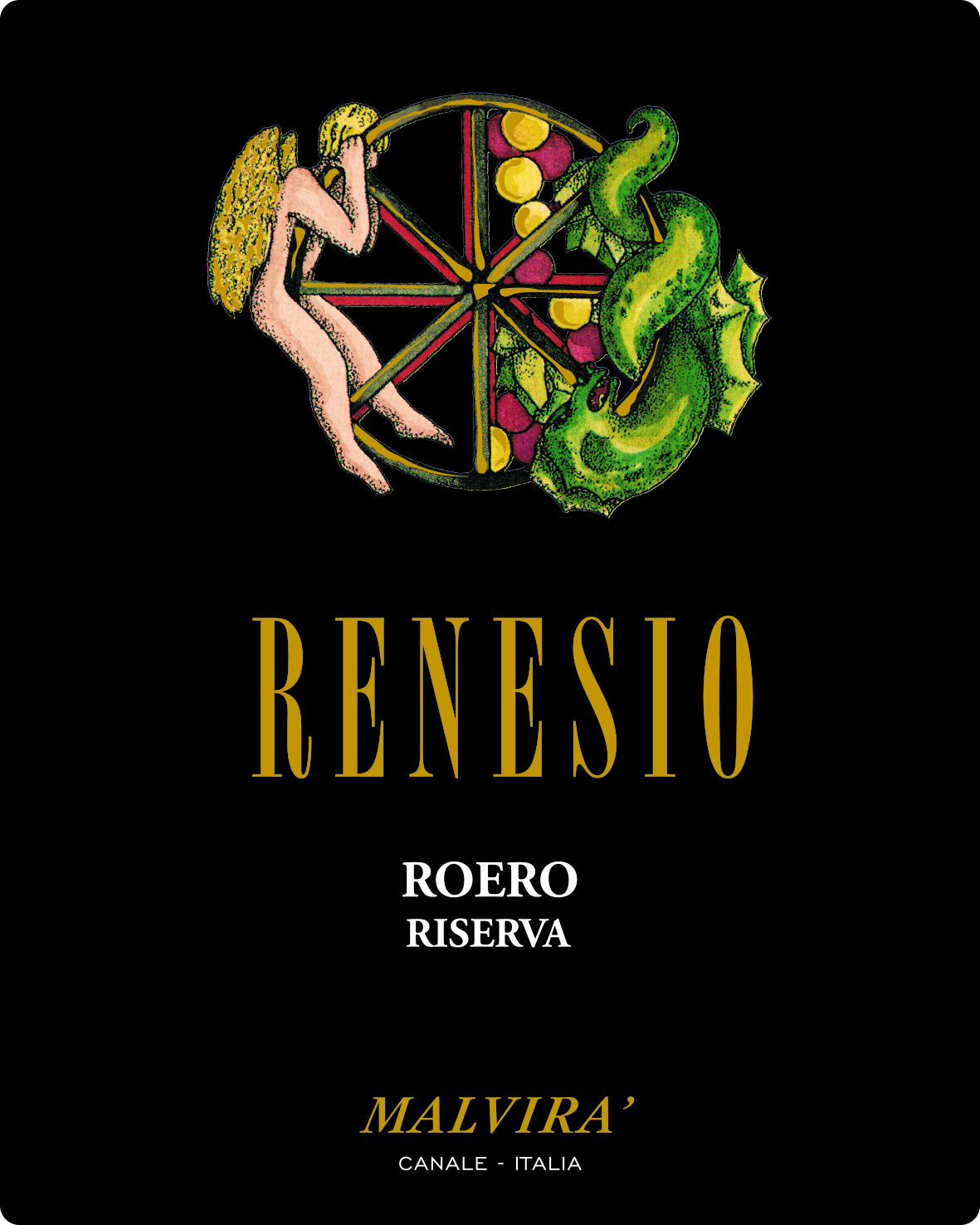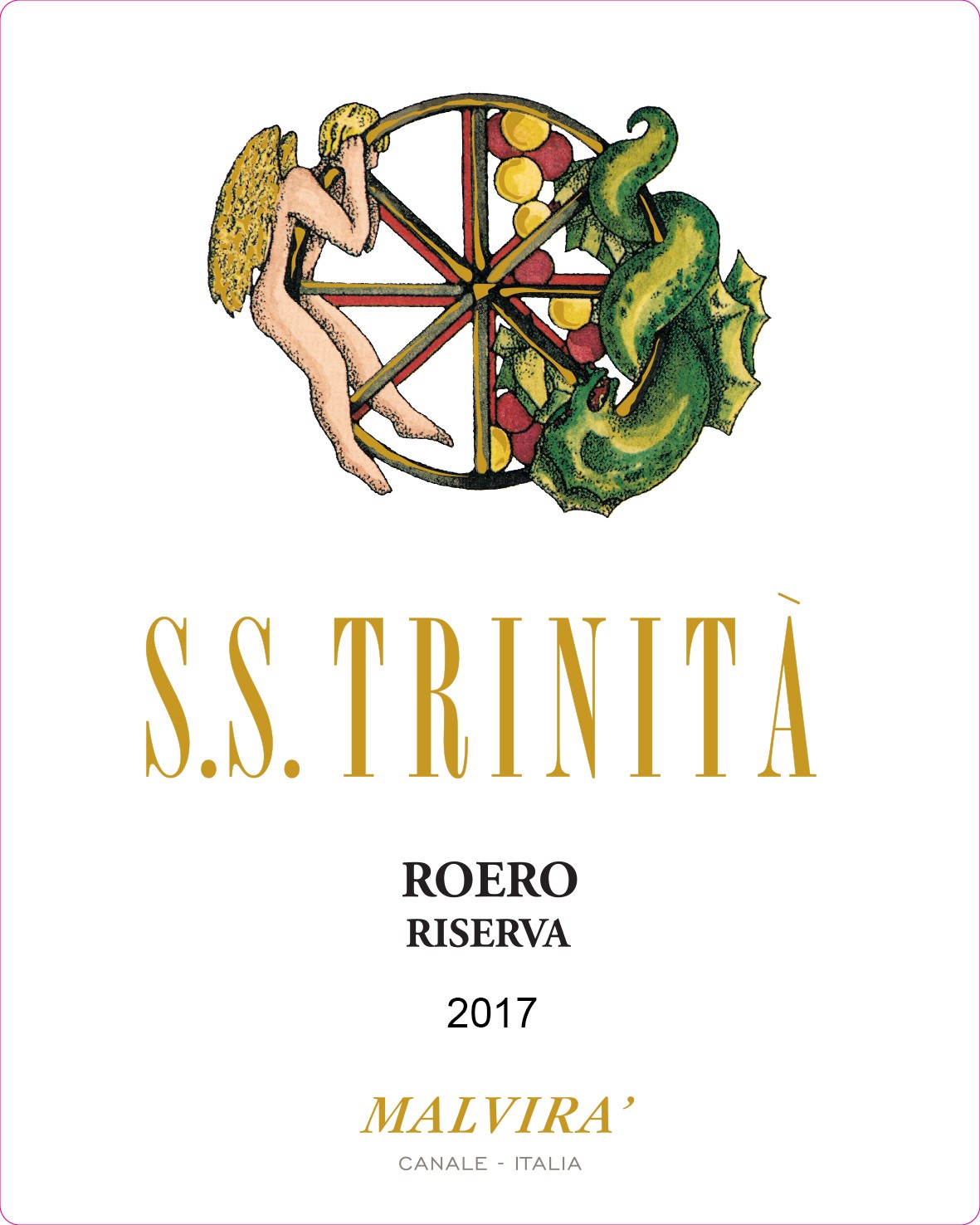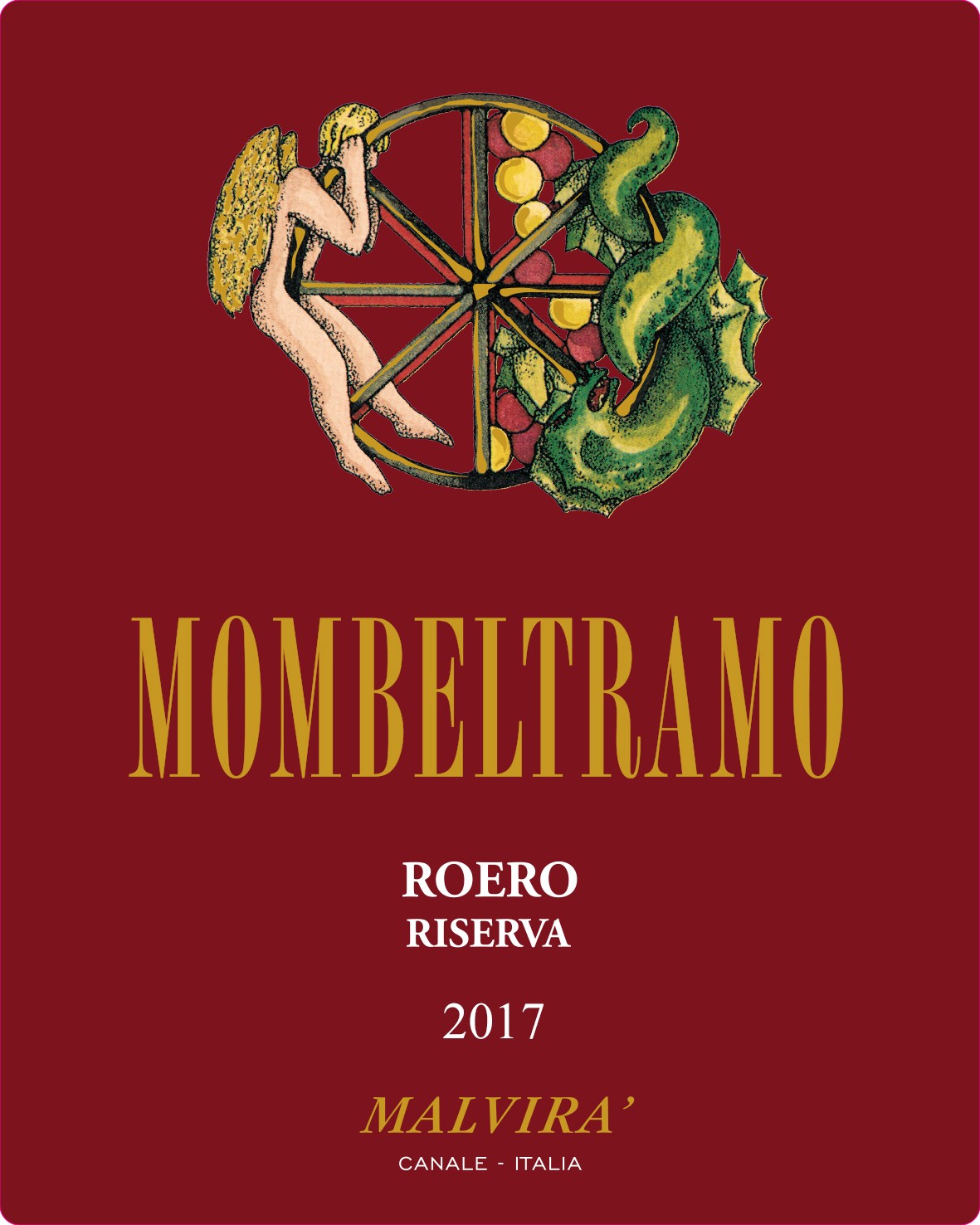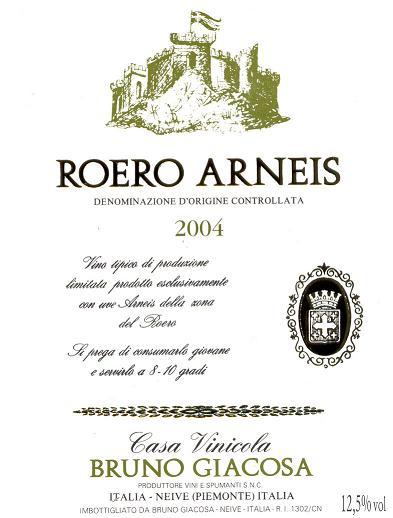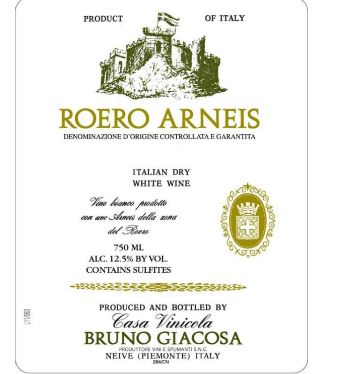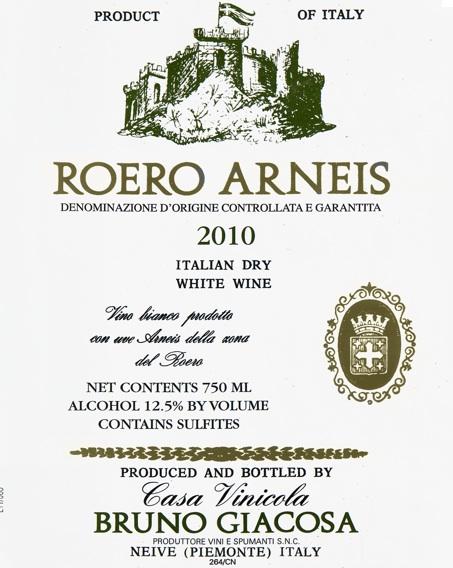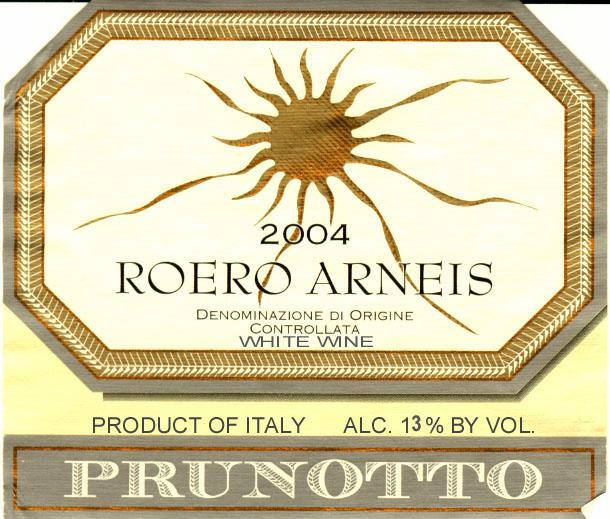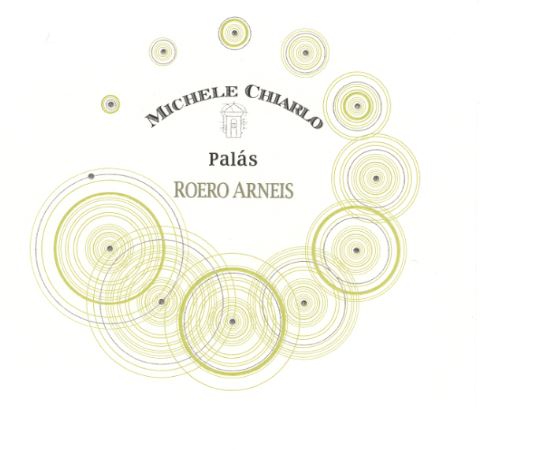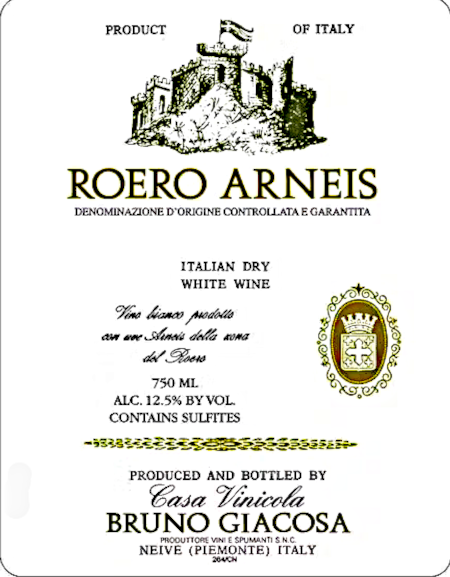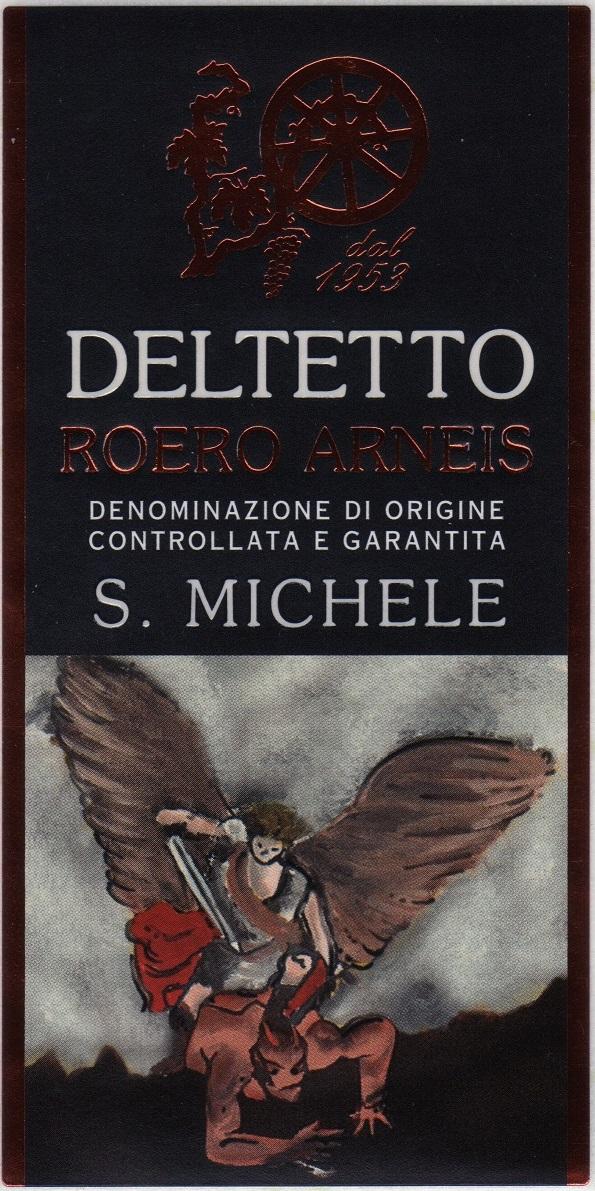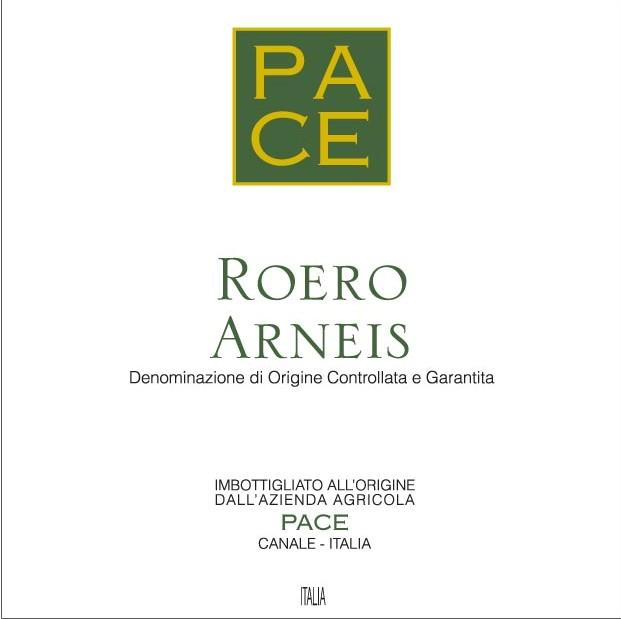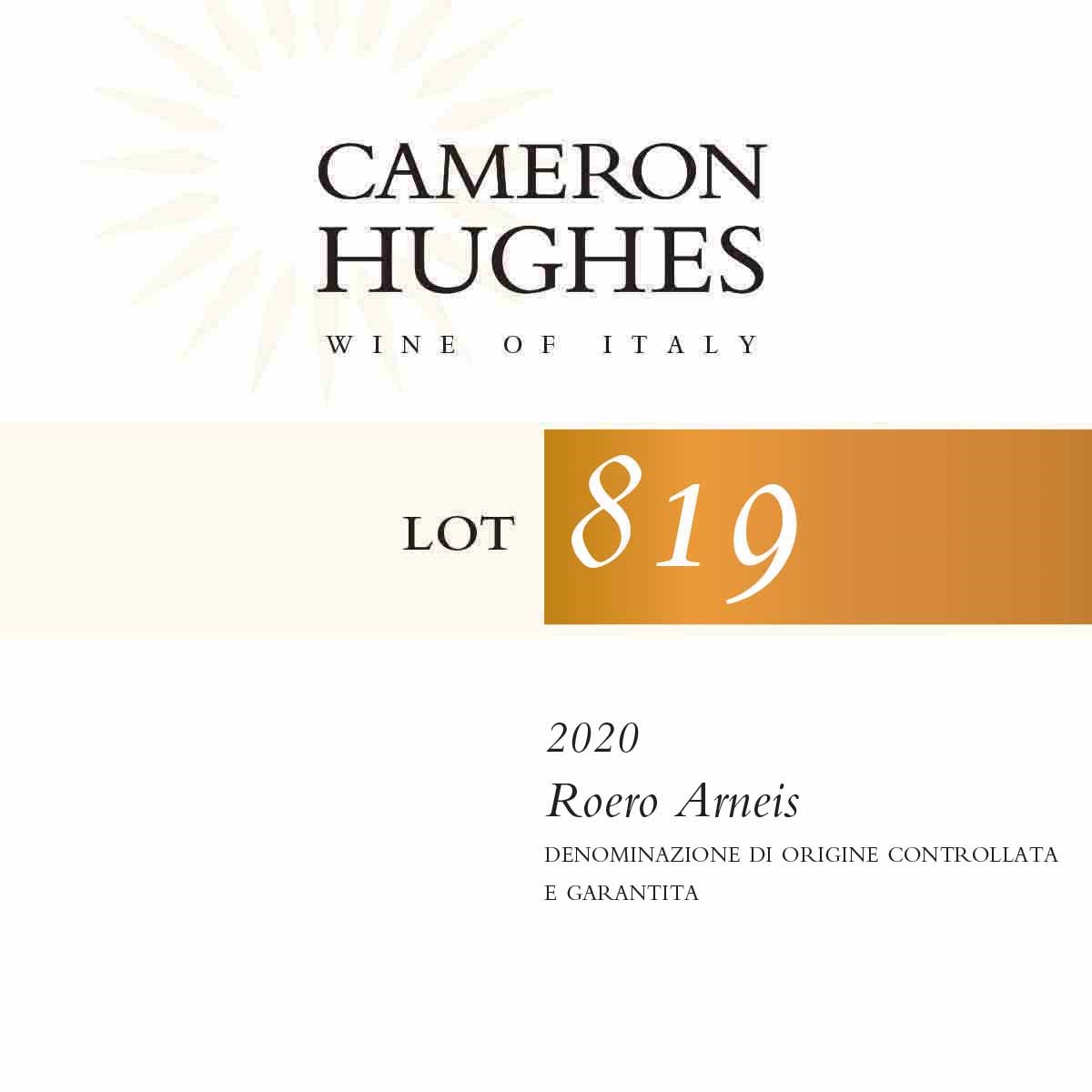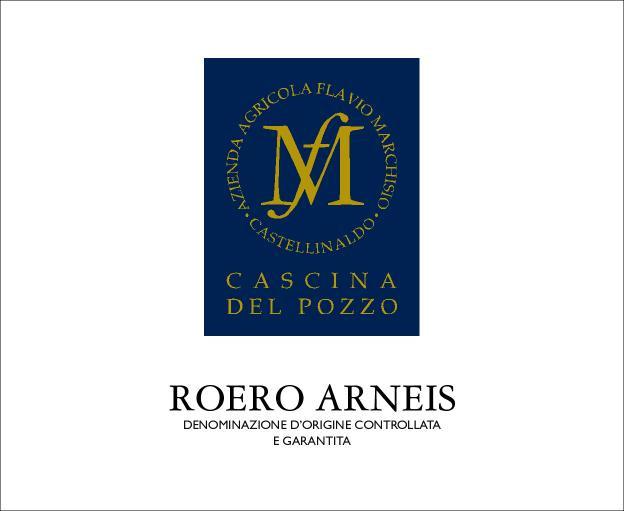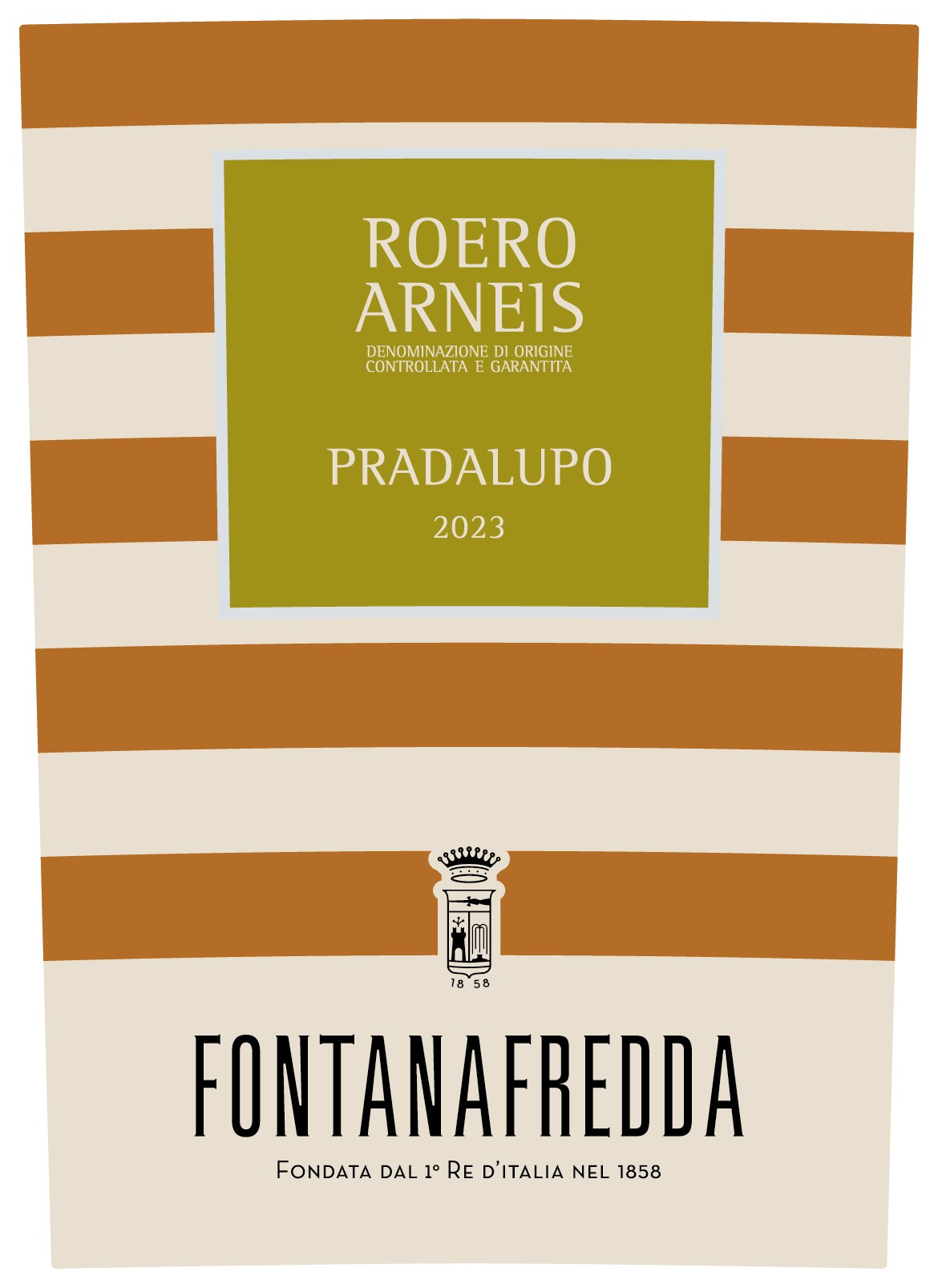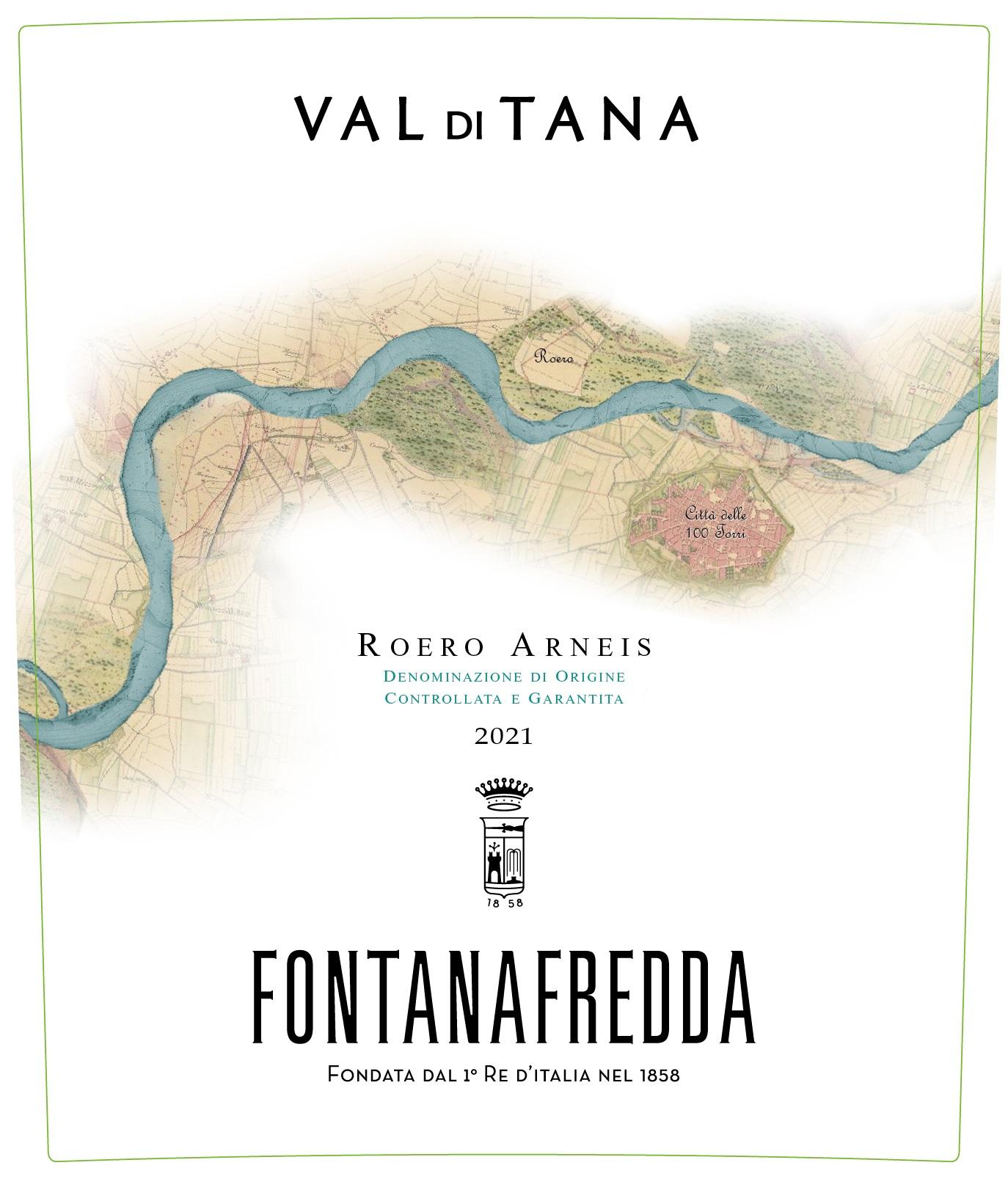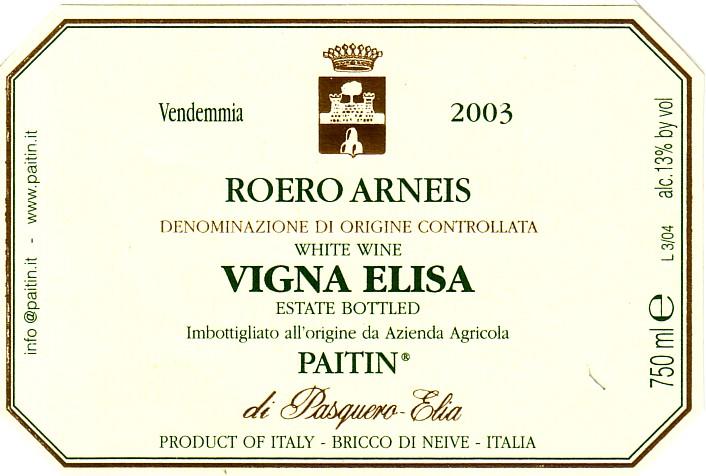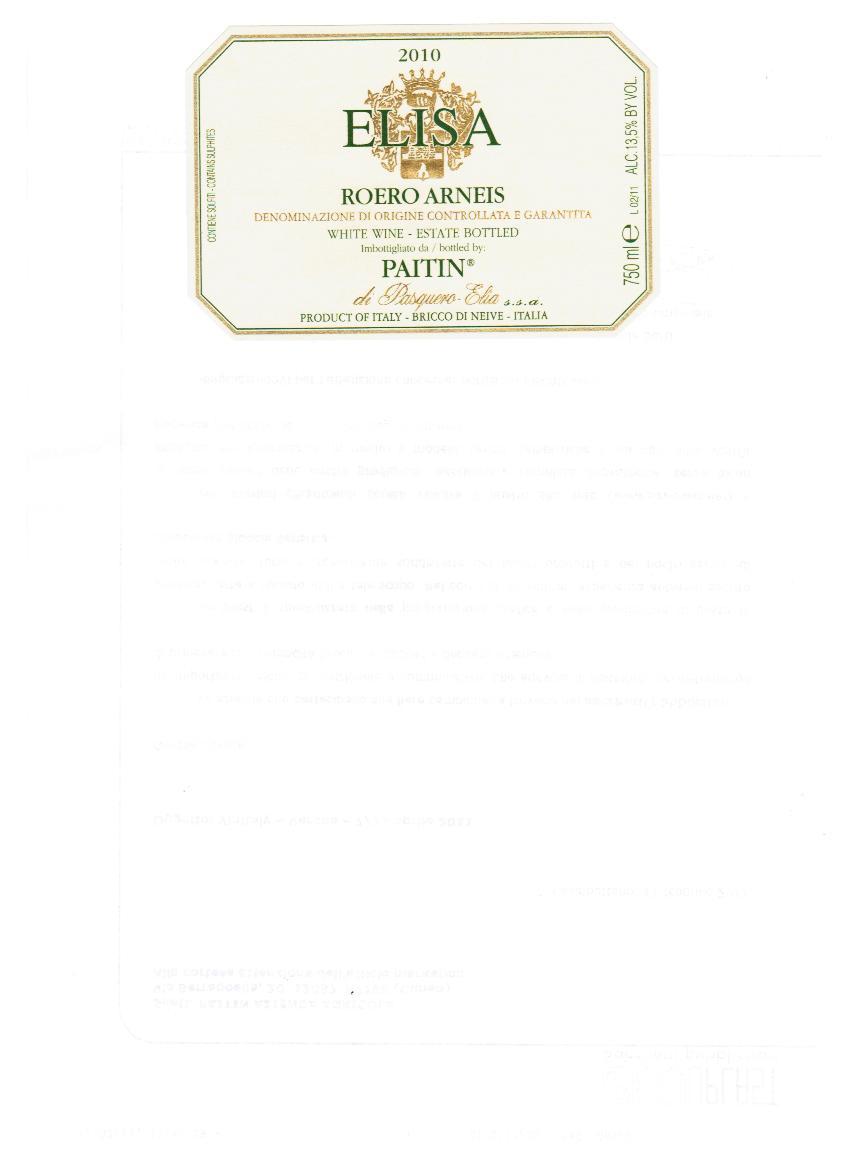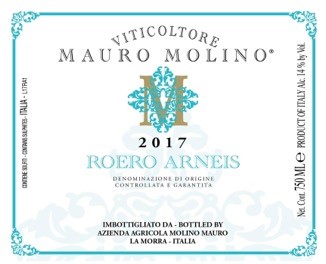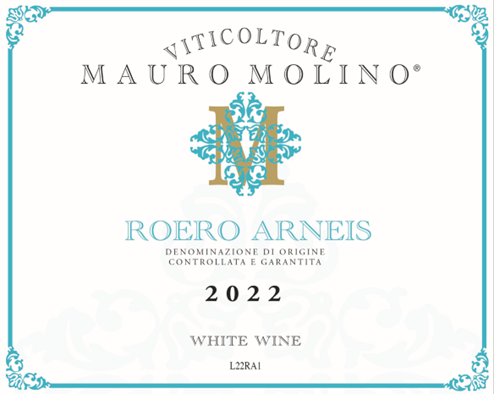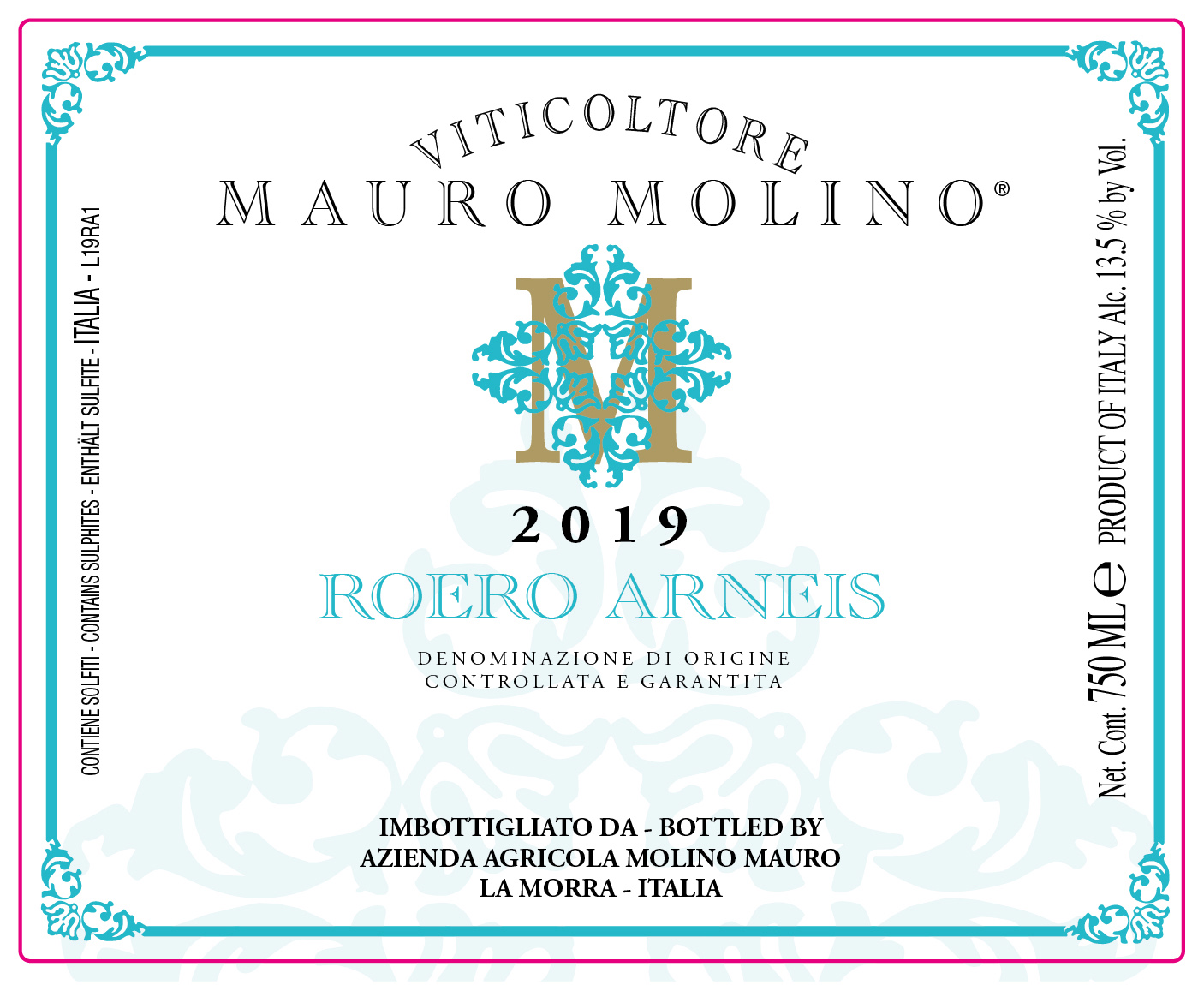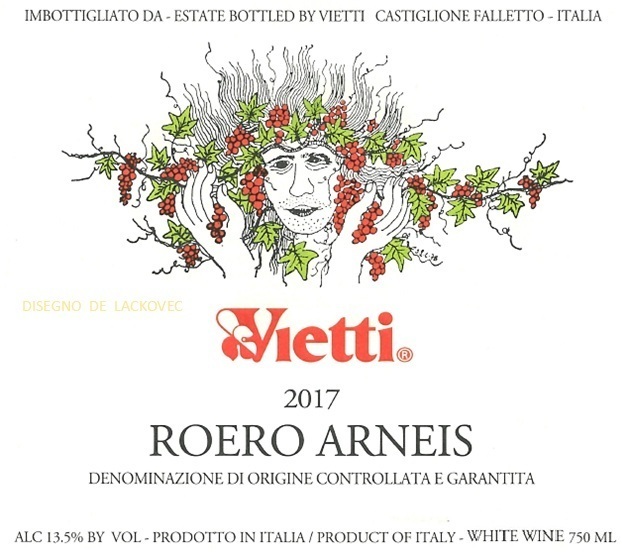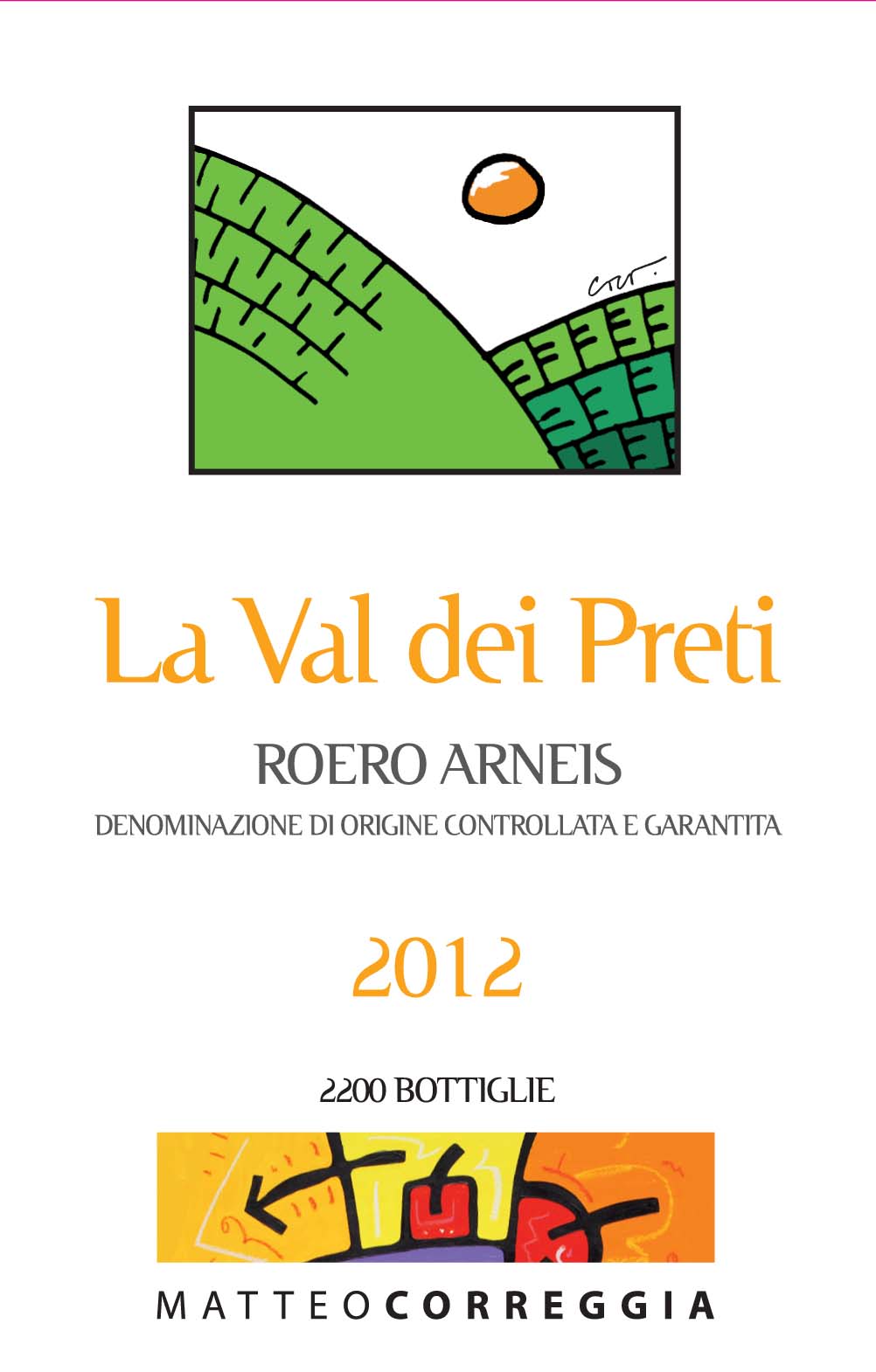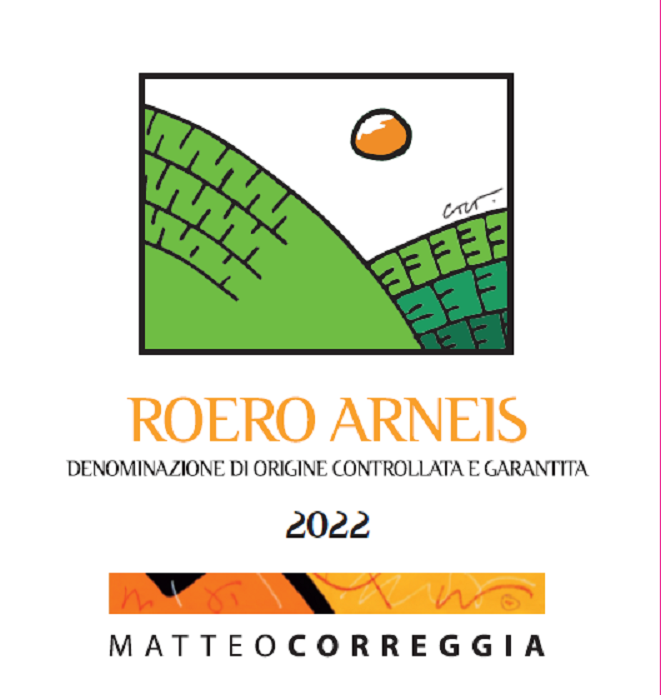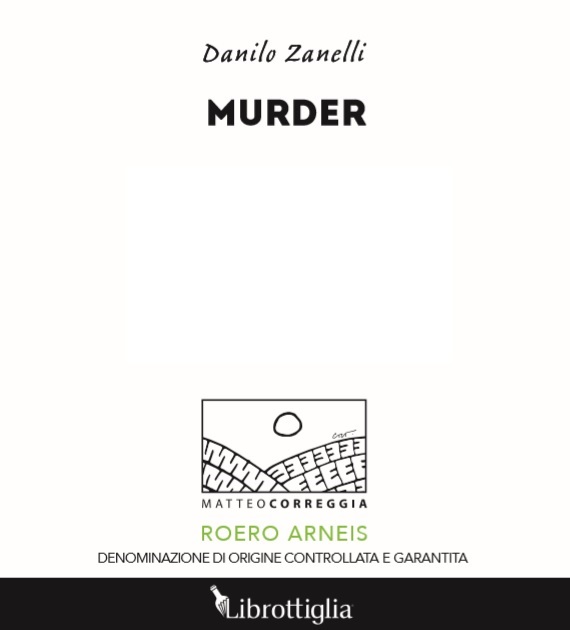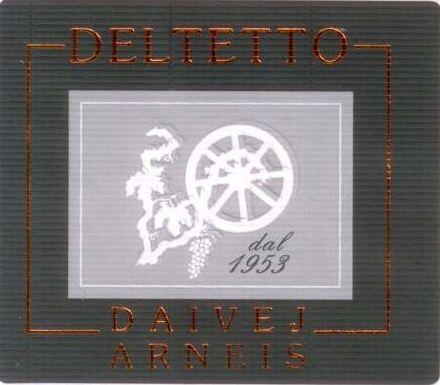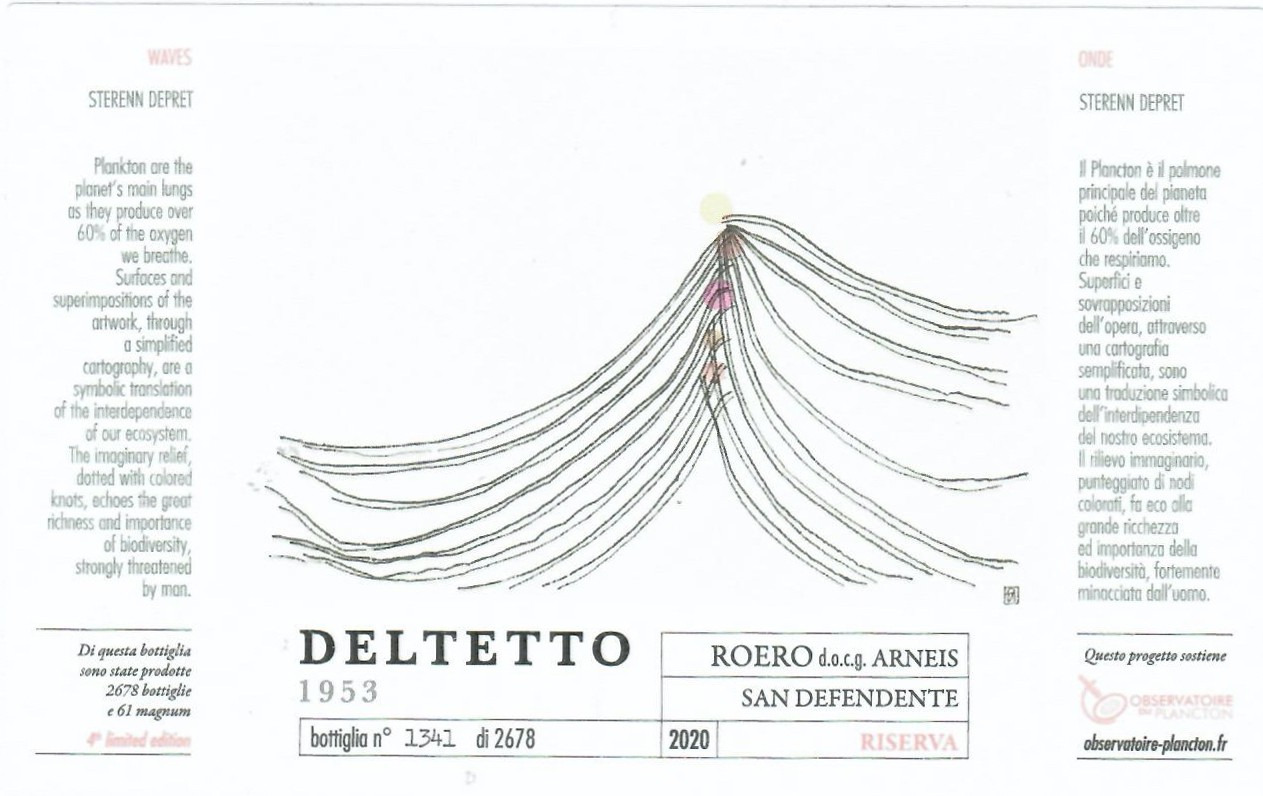Terroir of Roero
Roero's land is a mix of ancient marine sediments creating its unique hills, with sandy, clayey, and limestone layers. These soils, sprinkled with fossil shells, give the wines a special touch. Sandy soils, especially near Canale and Vezza d’Alba, offer great drainage and warmth, perfect for Arneis, resulting in aromatic, crisp whites. Nebbiolo thrives in calcareous clay and marl, gaining structure and depth.
The climate is mainly continental with some Mediterranean influence, featuring cold winters and hot summers. Cool nights and breezes from the Tanaro valley help keep grapes fresh. With 600–800 mm of yearly rainfall, the region sees dry summers and misty autumns, ensuring a balanced ripening time. This combination of soil and climate gives Roero wines their unique clarity and tension.
Notable Wineries in Roero
Roero, a gem in Piedmont's wine landscape, is renowned for its expressive wines and dedicated winemakers. Amongst the notable producers, Monchiero Carbone in Canale leads with its exceptional Roero Arneis and Nebbiolo, crafted with meticulous care in prime vineyard locations. Stefano Costa's historic family estate thrives on sandy terrains across Canale, Montà, and Santo Stefano Roero, producing traditional wines with a nod to heritage. Giovanni Almondo in Montà is celebrated for its Nebbiolo and Arneis, showcasing refined tannins and mineral elegance.
Angelo Negro, with a rich family tradition, excels in crafting age-worthy Roero Riservas from esteemed crus. Cascina Ca’Rossa, a boutique winery, focuses on Nebbiolo and Arneis, winning acclaim for their authenticity. Malvirà and Matteo Correggia in Canale also stand out for their classic Roero wines, offering a taste of the region's unique terroir.
Sustainable Winemaking in Roero
Roero is embracing sustainability as an essential part of its winemaking, aligning with the broader eco-friendly trend in Piedmont. The region's sloping, sandy soils naturally limit yields, encouraging producers to adopt sustainable practices. Many use grass cover crops between vines to combat erosion, improve soil health, and increase biodiversity. Mechanical weeding and winter grazing are replacing herbicides, while predictive modeling helps manage disease, reducing reliance on copper and sulfur treatments.
Numerous estates have secured organic or biodynamic certifications, a testament to their commitment to environmental stewardship. Initiatives like water recycling, composting grape residues, and utilizing renewable energy further exemplify Roero's dedication to sustainability. In the cellar, winemakers focus on native yeast fermentations and minimal intervention to preserve the unique characteristics of Roero's wines. The Consorzio del Roero supports these efforts, ensuring the region's wines remain authentic and environmentally responsible.
Wine Tourism in Roero
Roero, nestled in Piedmont, offers a distinctive wine tourism experience, blending its rich heritage with modern sustainability. This UNESCO-designated region, famous for its Arneis and Nebbiolo, invites exploration through the Strade del Vino del Roero.
This scenic route links 19 municipalities, offering picturesque drives and cycling paths. Visitors can enjoy tastings at local wineries set against the backdrop of medieval castles and stunning hilltop views.
The area's agritourismi serve traditional Piedmontese dishes, enhancing the wine tasting experience with local flavors. Seasonal festivals, truffle hunts, and charming nearby towns like Castellinaldo enrich the visit.
Accommodations range from cozy B&Bs to luxurious resorts, promising a tranquil retreat. Roero is an ideal destination for those seeking authentic wine experiences amidst beautiful, serene landscapes.
